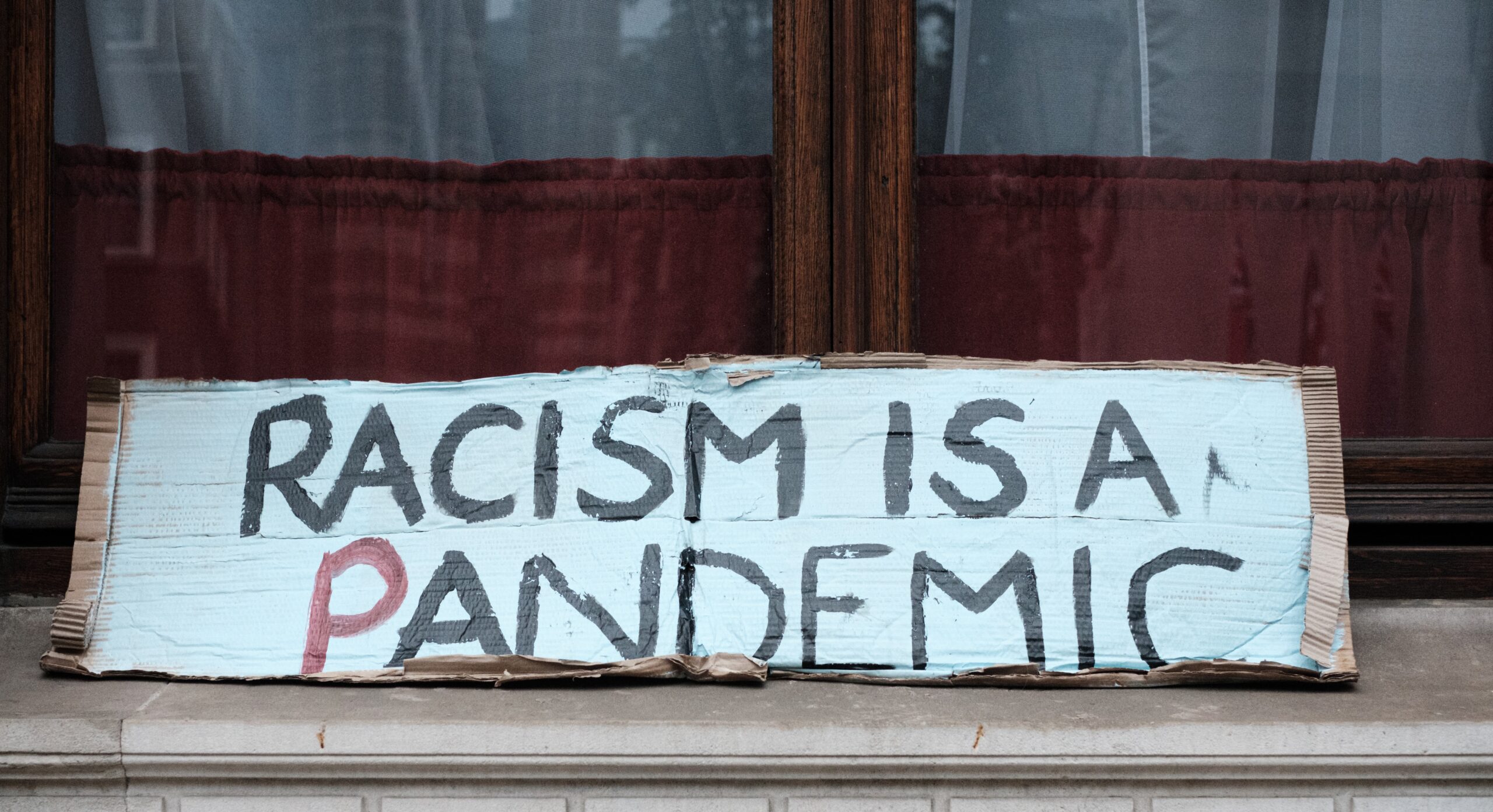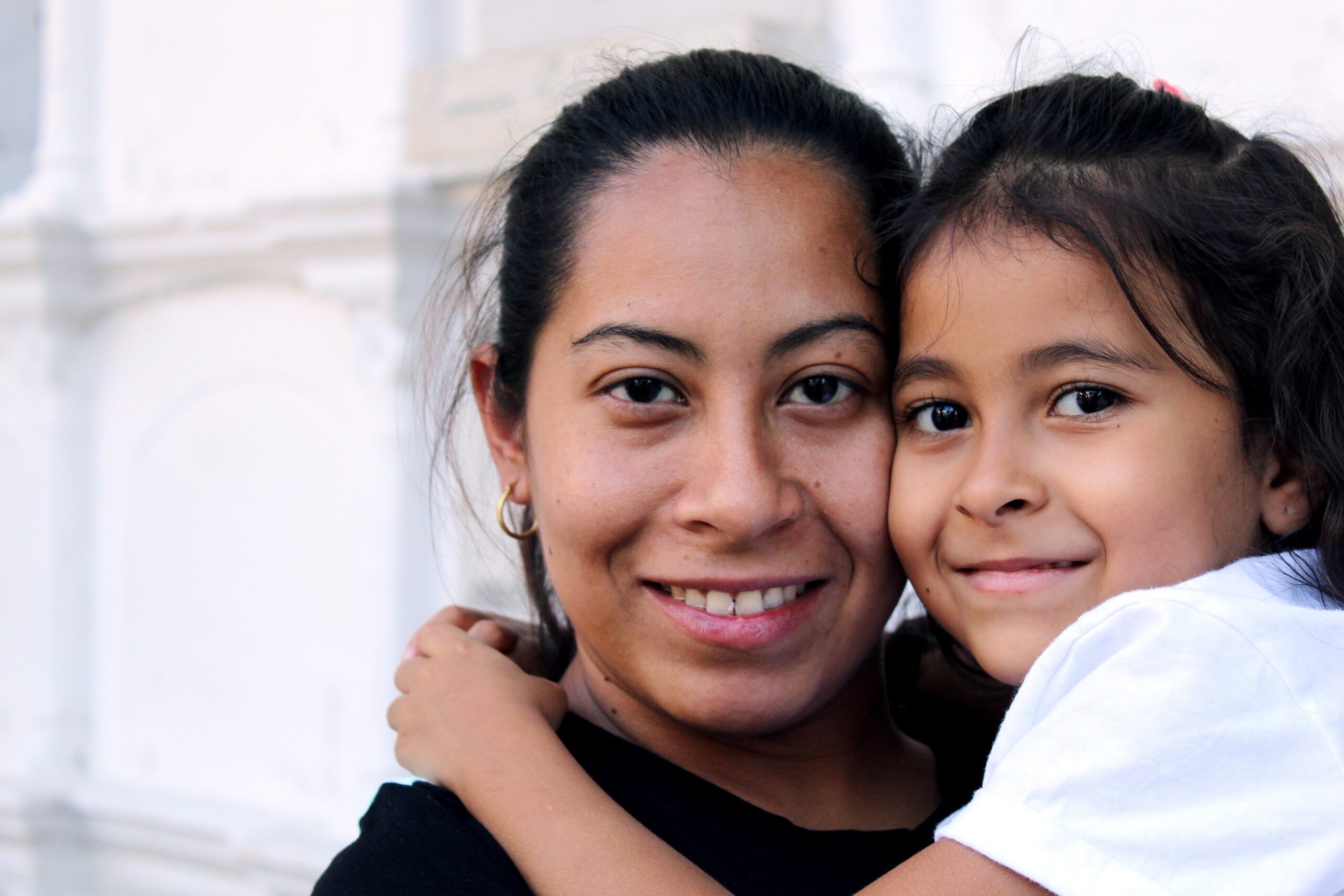Why equity should matter in disaster philanthropy
Truth: The impact of and recovery from disasters is very inequitable. Why? And how does this show up in our communities? The Center for Disaster Philanthropy (CDP) staff and guest experts will explore links between disaster recovery and equity issues in a new series of resources titled “Equity in Disasters.” The series, which focuses primarily […]

Truth: The impact of and recovery from disasters is very inequitable.
Why? And how does this show up in our communities?
The Center for Disaster Philanthropy (CDP) staff and guest experts will explore links between disaster recovery and equity issues in a new series of resources titled “Equity in Disasters.” The series, which focuses primarily on racial equity and justice issues, will also explore how these intersect with other kinds of marginalization and the ways that historical and systemic discrimination create an uneven playing field for recovery.
How does equity impact disaster recovery?
In every recent disaster, those who had access to resources were immediately better off than those who did not. They were better situated to evacuate ahead of time. They were more likely to have the funds/insurance to rebuild their homes. That access to resources stems from pre-existing disaster conditions and situations such as poverty, employment status, race, ethnicity, sex, gender, sexual orientation, dis/ability, language access, homeownership, family composition, age and citizenship.
We call out racial equity because the historical disinvestment in Black, Indigenous and People of Color (BIPOC) communities is the underlying issue at the source of the challenges and dangers they face in the U.S. and many areas of the world. The Racial Equity Institute in North Carolina calls this “The Groundwater Approach.”
When I was first trained by them four years ago, I captured this thought on Twitter: “#Racism is a #groundwater level problem. If we only focus on the ‘fish’ or the ‘lakes’ we ignore the fact the complete system is poisoned.”
In other words, if we only look at education or we only look at health or employment or criminal justice, we ignore the underlying issues that connect them.
“The Groundwater metaphor is designed to help practitioners at all levels internalize the reality that we live in a racially structured society, and that that is what causes racial inequity. The metaphor is based on three observations:
– Racial inequity looks the same across systems.
– Socio-economic difference does not explain the racial inequity.
– Inequities are caused by systems, regardless of people’s culture or behavior.
Embracing these truths forces leaders to confront the reality that all our systems, institutions, and outcomes emanate from the racial hierarchy on which the United States was built. In other words, we have a ‘groundwater’ problem, and we need ‘groundwater’ solutions. Starting from there, we begin to unlock transformative change.”
– Racial Equity Institute
Philanthropy, during non-disaster times, is often focused on trying to solve society’s ills one by one. For example, child hunger is often addressed by school nutrition programs. These are critical programs that can result in higher educational achievement, lower school drop-out rates and decreased suspension and expulsions, leading to improved future educational and employment opportunities. COVID-19 has shown us how disasters disrupt these programs. School nutrition programs became food banks and outreach programs, with virtual learning replacing classroom education.
The majority of funders rarely look at “Why are children hungry in the first place? What has led their family to poverty, and what keeps them there?” As you dig deep into these answers, you soon find that at its core is racial inequity, and not nearly enough grantmakers support efforts to address root causes.
Addressing root causes
During disasters, the emergency management focus is on returning communities to their pre-disaster state. But if equity matters – at CDP, we believe it does – the focus must also be on addressing the root causes of issues that created the inequities in the first place. We must examine not just the lakes but the entire groundwater infrastructure.
This is where philanthropy can shine. Disaster grantmaking can play a crucial role in creating meaningful and successful recovery for everyone affected by a disaster, not just the few who can afford it.
Imagine a world where renter households achieve the same success in home recovery as owner households. Children stay in schools that continue to provide quality education, and working individuals achieve pre-disaster employment and income rate quickly, regardless of zip code. Small businesses are able to stay open. Food bank usage only increases temporarily.
By working together to truly understand racial and intersectional equity and view disaster recovery with this lens, we can address the systemic issues at play that could hinder communities from building back stronger.
Equity in Disasters series
The Equity in Disasters series will explore links between various marginalized populations, issues such as poverty, equal pay and housing and disasters. We will highlight insights from CDP grantee partners and expert practitioners and strategies that funders could incorporate into their giving.
We kick off the series with the webinar “Systemic Racism: Disasters Expose It – How Do We Address It?” on May 13, 2021 at 2 p.m. ET/1 p.m. CT. Explore the impact of racism, ways to address root causes and how funders can best support BIPOC-led and BIPOC-serving organizations before, during and after disasters. Join us!
If you have a question about how issues and communities you care about are affected by equity and disasters, please email Tanya.Gulliver-Garcia@disasterphilanthropy.org and she will try to cover it in a future blog post.
More like this

Housing and insurance gaps hinder disaster recovery

